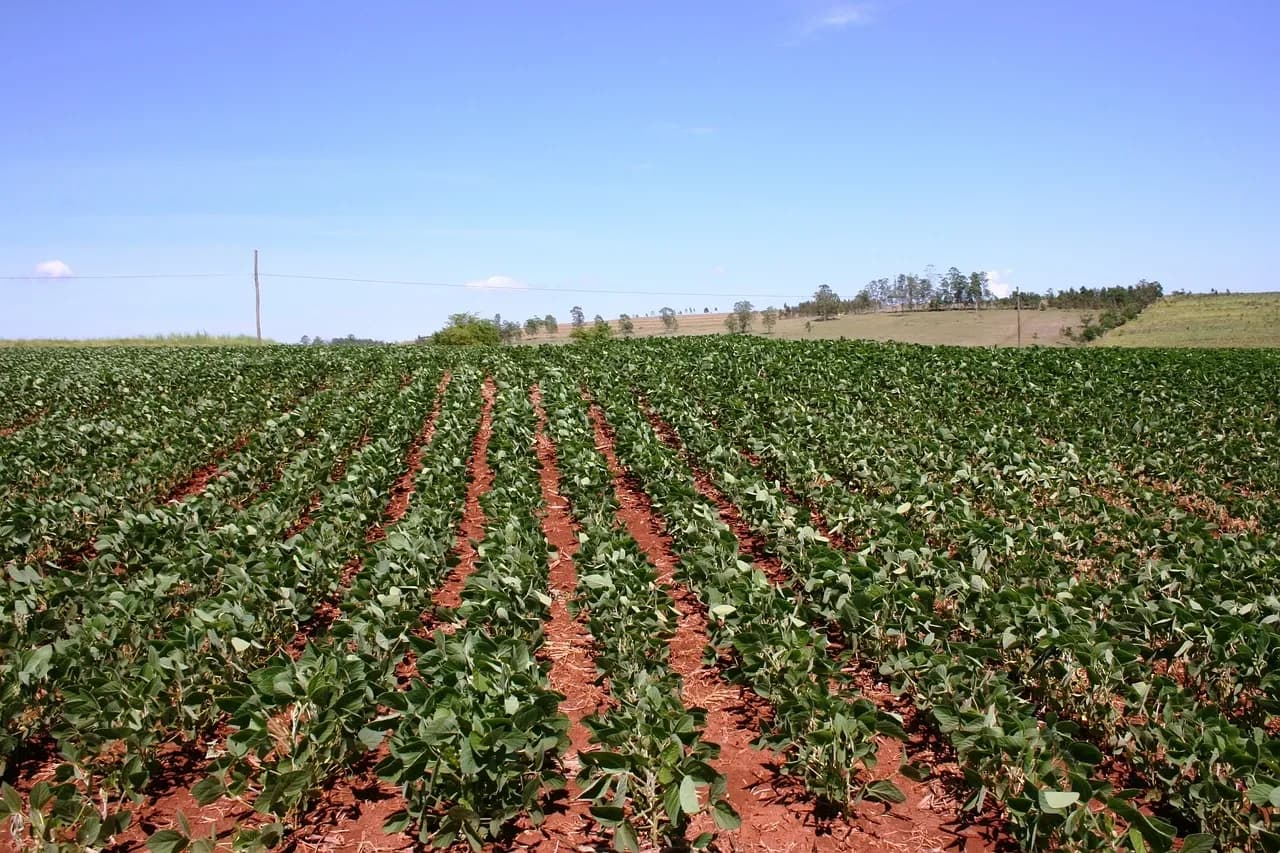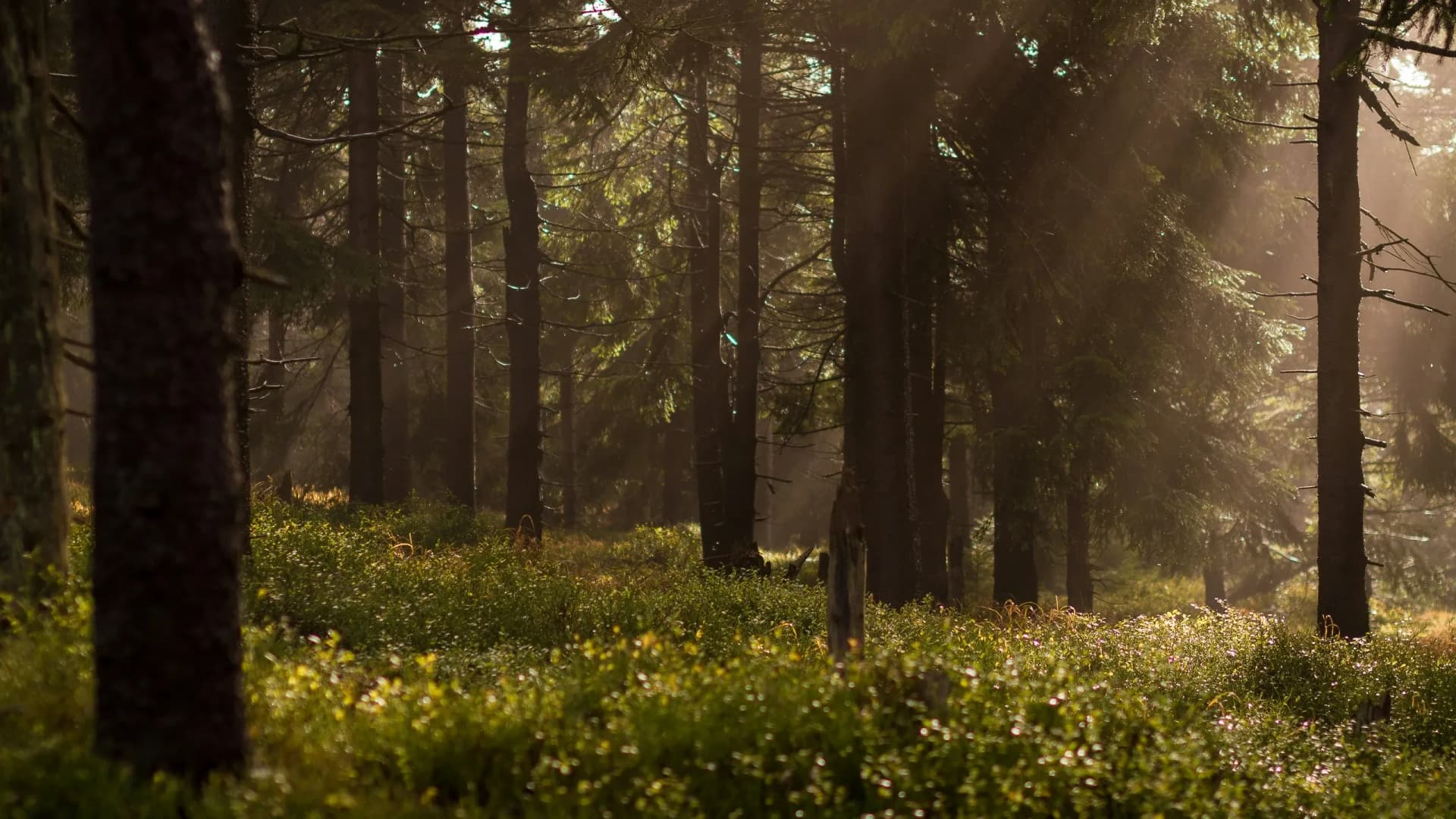The Miyawaki method, pioneered by Japanese botanist Dr. Akira Miyawaki, is an innovative approach to reforestation and afforestation that focuses on creating dense, biodiverse forests in urban areas. This method has gained global recognition for its effectiveness in restoring natural habitats and combating climate change. In this blog, we will delve into the history of the Miyawaki method, the detailed process of creating a Miyawaki forest, its effectiveness, benefits, and notable examples of Miyawaki forests around the world, including those developed by the CATCH Foundation.
History of Miyawaki Dense Forests
Dr. Akira Miyawaki developed his method in the 1970s after extensive research on the natural vegetation of Japan. His work revealed that much of the country's forest cover was man-made, consisting of non-native species. Dr. Miyawaki's method focuses on restoring native forests that have been lost due to urbanization and industrial activities. By planting native species in a dense and diverse manner, he aimed to recreate the natural forest ecosystems that existed before human intervention .

The Miyawaki Method: Detailed Process
- Site Preparation : The first step involves selecting and preparing the site. This includes clearing any existing vegetation and debris and ensuring the soil is suitable for planting. Site preparation is crucial to create an optimal environment for the young saplings .

-
Soil Improvement : The soil is enriched with organic matter such as compost and mulch to enhance its fertility and water retention capacity. This step often involves the addition of biomass, rice husk, coconut husk, and other natural amendments to ensure a nutrient-rich foundation for the forest.

-
Species Selection : Native species are selected based on the local climate and soil conditions. The goal is to create a multi-layered forest with a mix of canopy, sub-canopy, shrub, and groundcover species. This diversity ensures a robust and resilient ecosystem (source).
-
Planting : The selected species are planted densely, with three to five saplings per square meter. This high density encourages rapid growth and natural selection. The dense planting strategy accelerates forest growth, with trees reaching maturity up to ten times faster than traditional methods (source).

-
Mulching : The planted area is covered with a thick layer of mulch to retain moisture, suppress weeds, and provide nutrients. Mulching is essential to maintain soil health and support the young plants during their initial growth phase.
-
Maintenance : For the first two to three years, the forest requires regular watering, weeding, and monitoring. After this period, the forest becomes self-sustaining and requires minimal intervention. This early maintenance phase is critical to ensure the saplings establish themselves and grow into a thriving forest.
Layers of the Miyawaki Forest
A Miyawaki forest consists of several layers, each playing a crucial role in the ecosystem:
- Canopy Layer : This layer comprises tall, mature trees that form the uppermost part of the forest. These trees provide shade, reduce temperatures, and support various wildlife species.
- Sub-Canopy Layer : These are shorter trees that grow beneath the canopy layer. They contribute to the forest's structure and biodiversity.
- Shrub Layer : This layer includes various shrubs that thrive under the canopy and sub-canopy layers. They offer habitat and food for many small animals and insects.
- Herb Layer : These are ground-level plants that cover the forest floor. They play a crucial role in preventing soil erosion and retaining moisture.
- Groundcover Layer : This layer includes low-lying plants and mosses that cover the soil, providing protection and supporting soil health.

Why the Miyawaki Method is Effective
The Miyawaki method is effective due to its focus on biodiversity, density, and native species. By planting a variety of native species in close proximity, the forest mimics a natural ecosystem, promoting mutual growth and resilience. The dense planting strategy accelerates the growth process, allowing the forest to mature rapidly compared to conventional methods. This approach not only restores the natural habitat but also provides a range of environmental benefits (source).

Benefits of Miyawaki Dense Forests
- Biodiversity : Miyawaki forests support a wide range of plant and animal species, enhancing local biodiversity (source).
- Carbon Sequestration : These forests sequester carbon dioxide more effectively than monoculture plantations, helping to mitigate climate change (source).
- Air Quality : The dense vegetation filters pollutants, improving air quality in urban areas (source).
- Temperature Regulation : Miyawaki forests help reduce urban heat island effects by providing shade and transpiration cooling.
- Soil Health : The diverse root systems improve soil structure, fertility, and water retention.
- Water Management : These forests enhance groundwater recharge and reduce surface runoff, preventing soil erosion and flooding (source).
- Aesthetic and Recreational Value : Miyawaki forests offer green spaces for recreation and improve the visual appeal of urban areas.

Examples of Miyawaki Dense Forests Around the World
- Japan : The birthplace of the Miyawaki method, Japan boasts numerous successful projects, including the Yokohama National University forest.
- India : The CATCH Foundation has developed several Miyawaki forests, including a notable project in Manesar Haryana where 50000 trees were planted through the CSR collaboration (source).

- Malaysia : The Forest Research Institute Malaysia (FRIM) has implemented the Miyawaki method to restore degraded forest lands (source).
- Thailand : The Doi Tung Development Project has used the Miyawaki method to rehabilitate deforested areas (source).
- Brazil : The SOS Mata Atlantic Foundation has employed the Miyawaki method to restore the Atlantic Forest (source).
Data and Facts
- Growth Rate : Miyawaki forests grow 10 times faster than conventional forests (source).
- Biodiversity : A study showed that Miyawaki forests contain 18 times more biodiversity than traditional plantations (source).
- Carbon Sequestration : Miyawaki forests sequester up to 40 times more carbon than monoculture plantations (source).
- Soil Improvement : Studies indicate that soil organic carbon content increases by 30% within five years of planting a Miyawaki forest (source).
Related Topics
- Urban Forestry : The importance of creating green spaces in urban environments (source).
- Native Species Conservation : The role of native species in ecosystem restoration (source).
- Climate Change Mitigation : How afforestation contributes to reducing carbon emissions (source).
- Community Involvement : Engaging local communities in reforestation efforts (source)
